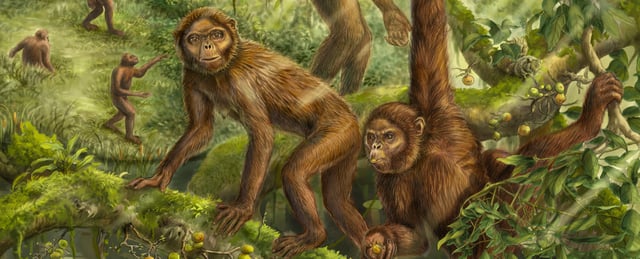Overview
- New evidence from the fossilised skulls of a 6-million-year-old ape called Lufengpithecus has revealed important clues about how our quadrupedal ancestors made the transition to walking on two legs.
- The study points to a three-step evolution of human bipedalism, starting with the earliest apes moving in trees, then the last common ancestor of apes and humans using a combination of climbing, clambering, arboreal bipedalism, and terrestrial quadrupedalism, and finally the evolution of human bipedalism.
- The researchers analysed the inner ear region of the Lufengpithecus skull using three-dimensional CT scanning, a novel approach to exploring the origins of bipedal locomotion.
- The size and shape of the semicircular canals in the inner ear correlate with how mammals, including apes and humans, move around their environment.
- The study suggests that the rate of evolutionary change in the bony labyrinth, a complex structure within the inner ear, may have been influenced by climate changes approximately 3.2 million years ago, potentially accelerating the evolution of ape and human locomotion.
